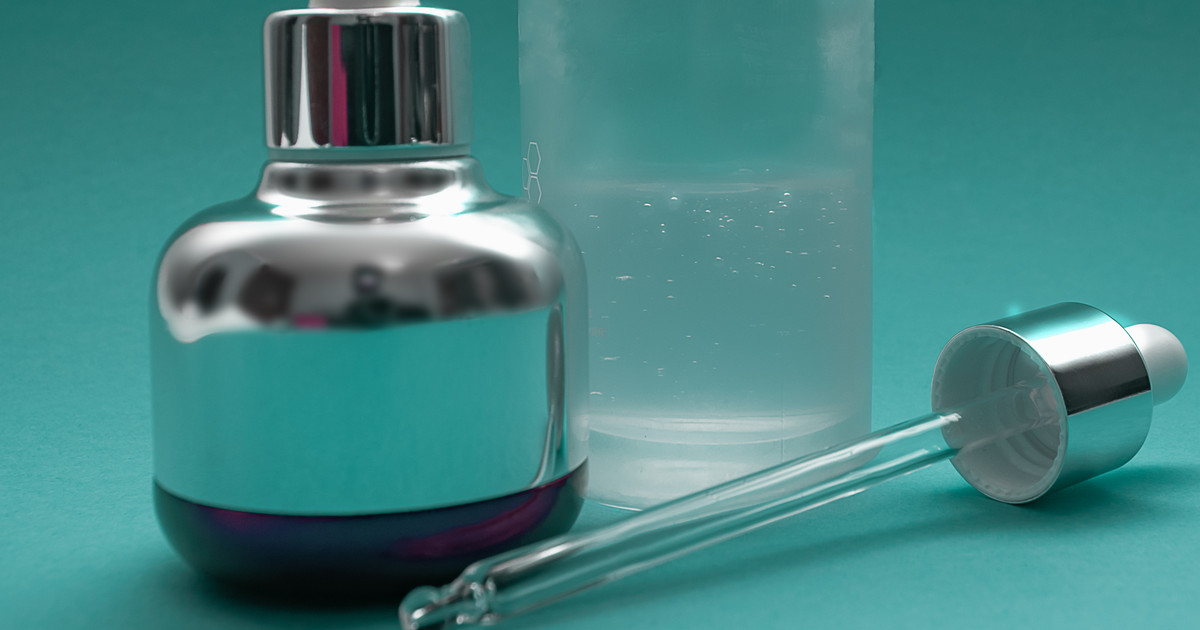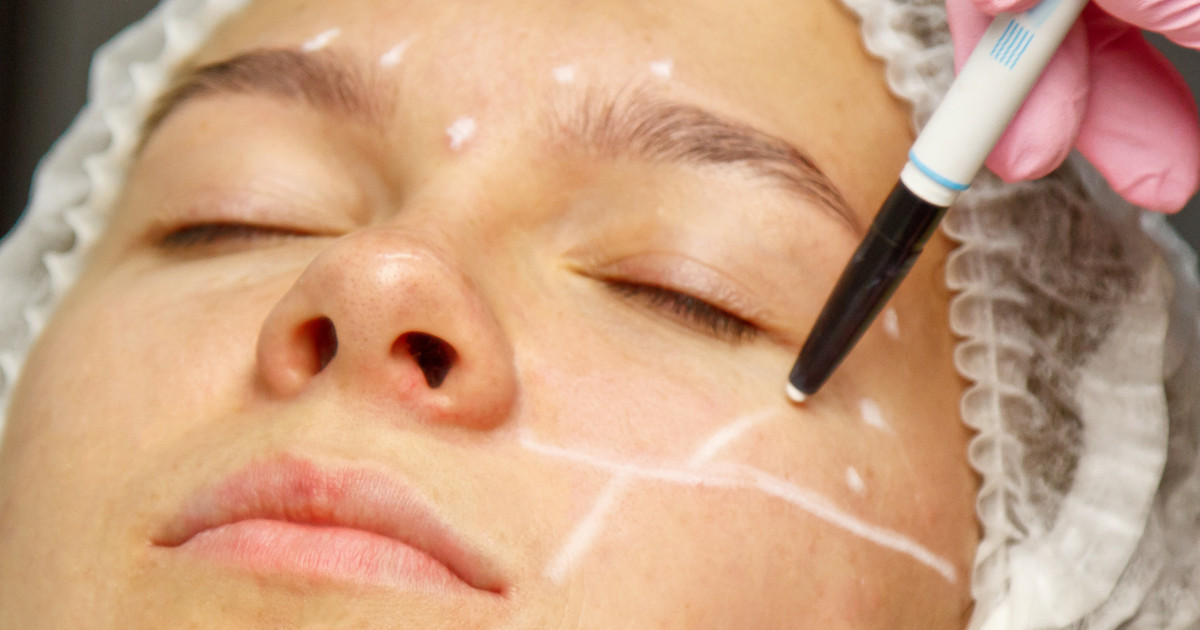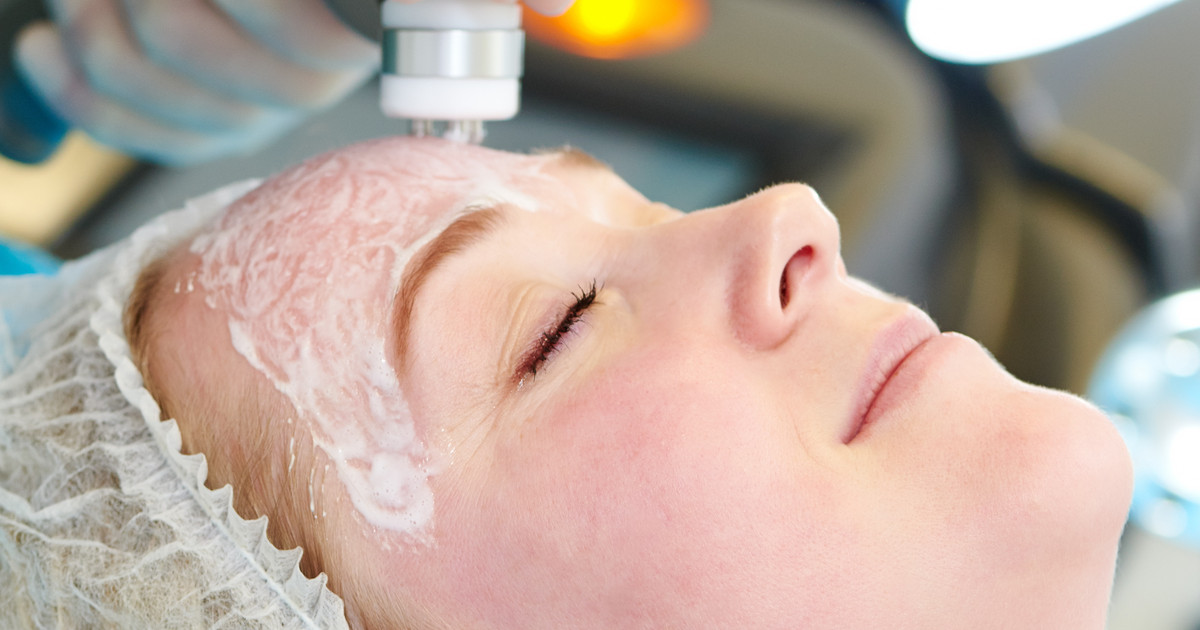Guide To Treating Sagging Skin
Sagging skin develops due to the body's natural aging process. Aging causes the skin to produce less collagen and elastin, and facial skin gradually sags due to this decrease. Smoking, excessive sun exposure, rapid weight loss, repetitive facial expressions, and some sleeping positions are believed to increase the severity of skin sagging. Patients typically start to notice sagging facial skin in their 60s. The eyelids and the skin around the jawline are the primary areas of sagging.
Dermatologists and plastic surgeons can assess the patient's skin and recommend appropriate treatments. Dietary supplements and anti-aging serums for sagging skin may be useful for minor cases. Some patients require brow lifts to help get rid of sagging skin. Face lifts and botox injections for sagging skin can also help.
Collagen Supplements

Since skin sagging is caused by reduced collagen, individuals may choose to use collagen supplements as a treatment. Most collagen supplements are derived from animal products, but some manufacturers offer vegan collagen. Before taking any collagen supplements, patients should check with their doctor to verify if collagen is safe for their particular health needs. Studies have shown that collagen supplements are possibly safe when used at a daily dose of up to forty milligrams for no more than twenty-four weeks. Although side effects are uncommon, some individuals could experience headaches, swelling, dizziness, and insomnia during treatment. Liver problems have occurred, and patients might want to have their liver function checked periodically while taking collagen supplements.
Learn more about how to treat sagging skin now.
Retinol Products

Retinol products can help reduce signs of skin aging, including sagging skin. Many of them are available over-the-counter, although more powerful formations require a prescription. Derived from vitamin A, retinol helps increase the production of collagen and elastin. It also improves the turnover rate of skin cells. Retinol is used in many different serums, creams, spot treatments, and other skincare products. However, any product with retinol or retinoid should only be applied at night. They make the skin more sensitive to the sun. Since retinol can cause irritation and dryness for some individuals, it is important to start slowly when using a product with retinol for the first time. Individuals should also begin with a weaker retinol product to avoid irritation.
After cleansing the skin, patients should apply a pea-sized amount of their chosen product. They should also only use it once or twice a week initially. Patients should watch for any redness or skin flaking. After the first few weeks, patients can start applying the product more frequently, such as twice a week for another few weeks. They can gradually work up to daily use. If signs of irritation occur, users may want to stop using that particular product and consider switching to a different formulation. Retinol products need to be used daily for several months. Generally, it takes three to six months of daily use to notice improvements in the skin. Optimal results are typically seen within one year of use.
Continue reading to discover more information on treating sagging skin now.
Brow And Face Lift

Patients with advanced skin sagging may want to consider a brow and face lift. Depending on the patient's needs, a plastic surgeon may recommend treatment with just a brow lift, though they may also advise a face lift (rhytidectomy). Brow lifts help raise the brows and the skin of the forehead. They are useful for patients who have sagging brows as a result of natural aging. Face lifts might be considered for individuals with sagging cheeks, deep skin folds at the corners of the mouth, and excess skin around the lower jawline.
Both brow and face lifts carry risks, including scarring and hair loss. Patients who have a history of weight fluctuations or issues with blood clotting may not be suitable candidates for these operations. General anesthesia is used for both types of lifts. Patients who have had a brow lift will typically have their stitches removed within ten days. Some swelling could remain for a few weeks after the surgery. After a face lift, it is essential to keep the head elevated while resting. Patients usually wear bandages and a facial sling for the first week after the operation. To protect the incision site, patients should try to stay out of direct sunlight for three weeks. They should not color their hair for at least six weeks. The results from a face lift will usually last for at least ten years.
Discover additional treatments for sagging skin now.
Laser Therapy

Laser therapy helps tighten the skin. It requires less recovery time than brow lifts and face lifts. During laser skin tightening, a medical professional places a laser over the skin of the treatment site. The laser heats the collagen underneath the skin's surface, and the skin tightens immediately. Each laser therapy session for skin tightening lasts thirty to sixty minutes. Patients are usually advised to have a laser therapy session once a month for two or three months. Doctors will apply a topical anesthetic to the patient's skin immediately before each session. Most patients only feel a sensation of warmth on their skin during the treatment. Patients can typically resume their normal activities almost immediately after each session.
Some individuals may choose to have a type of laser therapy called laser resurfacing for their sagging skin. This procedure is more invasive than laser skin tightening. Afterward, patients will need five to seven days of recovery time at home. Dermatologists and plastic surgeons can help individuals decide which type of laser therapy will be most effective for their specific concerns.
Reveal additional options for treating sagging skin now.
Facial Exercises

Individuals can perform facial exercises at home, and they may provide a small amount of skin tightening. The exercises increase blood circulation to the face. They may firm the underlying facial muscles and improve collagen production too. One of the more popular facial exercises is known as the 'fish face' pose. To perform this exercise, patients should purse their lips as they smile. Then, they should make a fish face by sucking the insides of their cheeks into the space between the sides of the teeth. The 'fish face' pose is particularly effective in toning the cheeks. Experts recommend that patients perform it five times in a row for optimal results.
